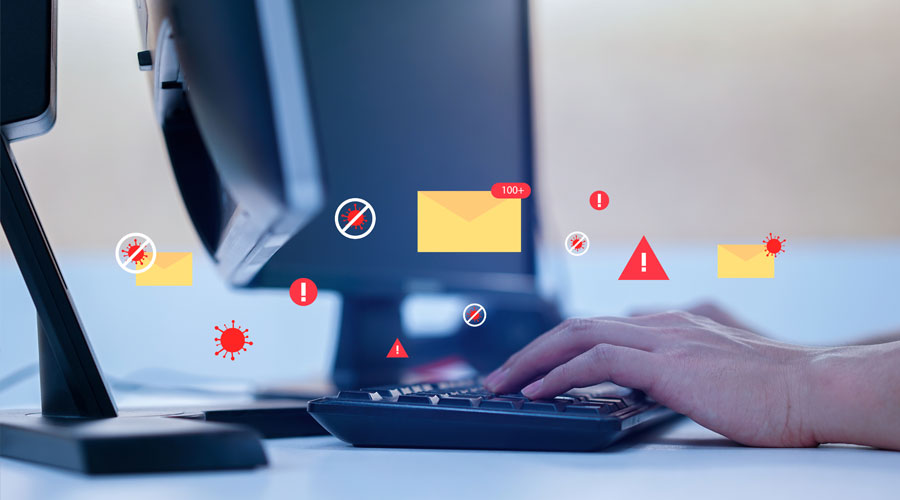Since organizations rely heavily on email to communicate and conduct business operations, cybercriminals commonly target email as an entry point to access networks and breach valuable business data. A single misclick from an employee might be all a cybercriminal needs to breach an organization’s cyber defences. Organizations must increase email security to protect their data and operations from cyber threats.
Proofpoint’s 2024 State of the Phish report revealed that 68% of Canadian workers admit to taking risky actions, such as reusing or sharing a password, clicking on links from unknown senders or handing over their credentials to an untrustworthy source. Such behaviours leave organizations at risk of cyber breaches. Robust email security best practices are essential to reduce organizational exposures.
Organizations should consider these six email security best practices:
- Implement employee training. Employees are the first line of defence. Employers should invest in a security awareness training program to educate workers on current and evolving threats and how to avoid situations that could put organizational data and networks at risk. In particular, employees should be trained to spot and report phishing emails and similar scams.
- Improve password management. Many people recycle passwords, making it easier for cybercriminals to compromise data across multiple accounts. Employers should encourage employees to set a unique password for their work device that combines uppercase and lowercase letters, symbols and numbers and change their passwords regularly.
- Enable multifactor authentication. Employers should require users to complete an additional security step known as multifactor authentication (e.g., entering a unique code sent to their smartphone) when logging into their email accounts.
- Encrypt emails, communications and attachments. Organizations should encrypt emails and other communications to ensure they are only read and received by the intended person. Encryption can help prevent malware attacks through email by ensuring that cybercriminals don’t intercept sensitive email data.
- Access email only on company-approved devices. Devices that don’t have the proper email security tools and measures may be vulnerable to cybercriminals. Employees should only utilize company-approved devices for all work-related communications to help keep emails secure.
- Utilize endpoint protection solutions. Employers should leverage endpoint protection solutions that look for critical information in emails that appear out of the ordinary, such as abnormal addresses, misspelled words or suspicious links. This way, suspect emails can be filtered out before they are received and opened.
Did you know that 60% of small and medium businesses don’t survive after a cyber attack? Protect your business with Cyber Insurance, call us at 780.424.2727 or click here to get a quote.

